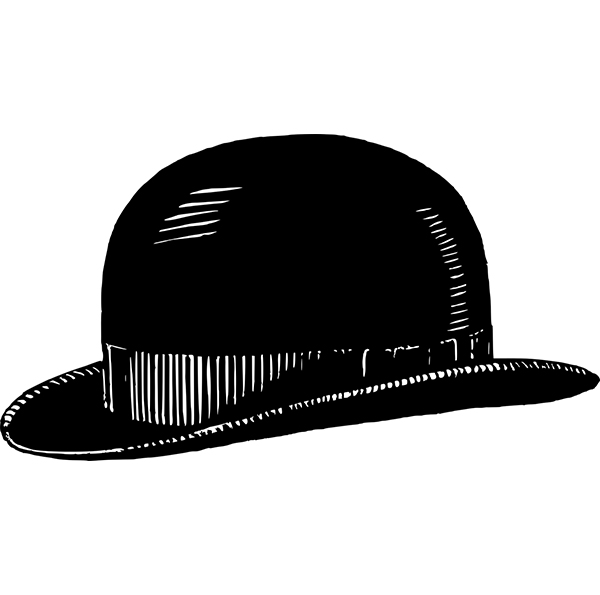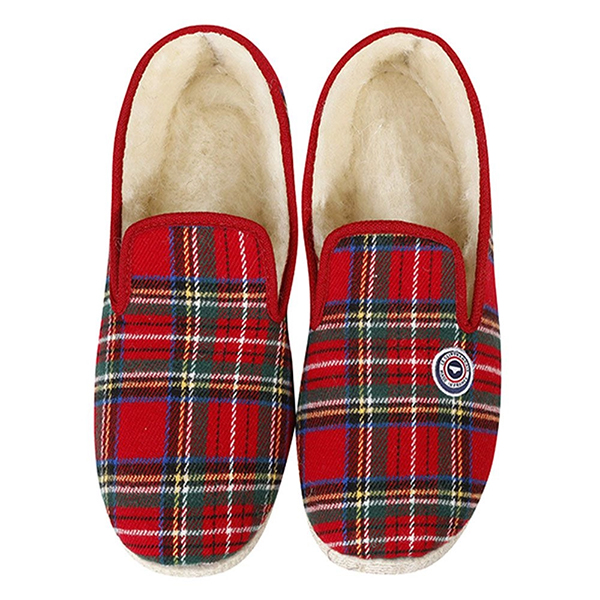Why is it called…?
Part 4: Clothing Etymology
Have you ever asked yourself why something is called by a particular name? Why are bérets called that? How do clothes get named? There is often a story. Here is a short list of some clothing articles and how they got their names, etymology. We invite readers to add their own favorites or ask about other clothes for which they would like to know the origin in the comments. We’ll try to find the answer.
Charentaises
A charentaise is a general French word for slipper. It refers however to a specific pantoufle usually plaid which came from the area near Angoulême in the Charente region of France about 300 years ago. Hence the Etymology comes from the place. The area had many paper mills. At the time paper was made from rags and leftover felt pieces from the paper making were used to line wooden shoes, making them warmer and softer. A bit later a shoemaker from the town of La Rochefoucaud in the Charente had the idea to add a rigid sole to the felt clog liners thus creating the pantoufle charentaise. In 1907 a certain Doctor Jeva, again in the Charente, not far from La Rochefoucaud, came up the with design we know today and began industrial production (the factory and brand Jeva still exist). Now can someone explain why the traditional charentaises are made in dreadful combinations of plaid? Maybe I should ask Le slip français, they sell charentaises.
Béret
The flat round head covering made of felted wool comes from the Béarnais region in south western France. The word has been used in that region for centuries. It seems though that the origin of the word could be gaulish and a derivative of birrus which was a sort of cloak with a hood in ancient Gaul. Legend says that felted wool was discovered by Noah who after the flood looked at the wool and fur at the bottom of his boat that had been beaten into a felt by the animal hooves. Learn more about this French couvre-chef from the Musée du Béret. Get authentic berets from the Béarn in Paris at Bring France Home.
Denim
The etymology of the word denim comes from France and is the secret of the origin of the heavy cotton cloth. After much experimentation Levi Strauss, a shop keeper during the California gold rush of the mid-19th century, chose a tough cotton fabric called “serge de Nîmes” to make trousers to sell to the prospectors who were his clients. “De Nîmes”, after the city of in Nimes in the Languedoc-Roussillon region of southern France, was contracted and pronounced with a local accent becoming denim. The name of the pants comes from the color of the cloth. The indigo blue dye was called “Genoa” or in French “Genes” becoming jeans in American English. Read more here.
Angora
In the 18th and 19th centuries Angora was the French name for Ankara which was a region where they produced an excellent wool made from goats fur. Angora goats were first brought to France in the 15th century by Jacques Coeur, counselor to Charles VII.

Image par OpenClipart-Vectors de Pixabay
Derby
The derby is a race or a type of hat. The hat was perhaps named brom the annual Derby horse race in England where the hat was popular. The race was begun in 1780 by the 12th Earl of Derby and later the name was became the word for any major horse race, then any race at all. Derby the English shire is from Old English “Deorby » meaning deer village, » from deor « deer » + by « habitation, homestead ».
Cardigan
This word was first used in 1868, and stems from James Thomas Brudenell (1797-1868), 7th Earl of Cardigan, an English general distinguished and perished in the Crimean War. Before leaving for Crimea he had made a wool jacket without a collar and with buttons. The sweater was soon made commercially. Supposedly Lord Cardigan wore his jacket while leading the Charge of the Light Brigade at Balaclava (1854). Do you know the poem by Alfred Lord Tennyson? The place name is an Englishized version of the Welsh word Ceredigion, literally « Ceredig’s land. » Ceredig lived in the 5th century.
See other Why is it called articles:



